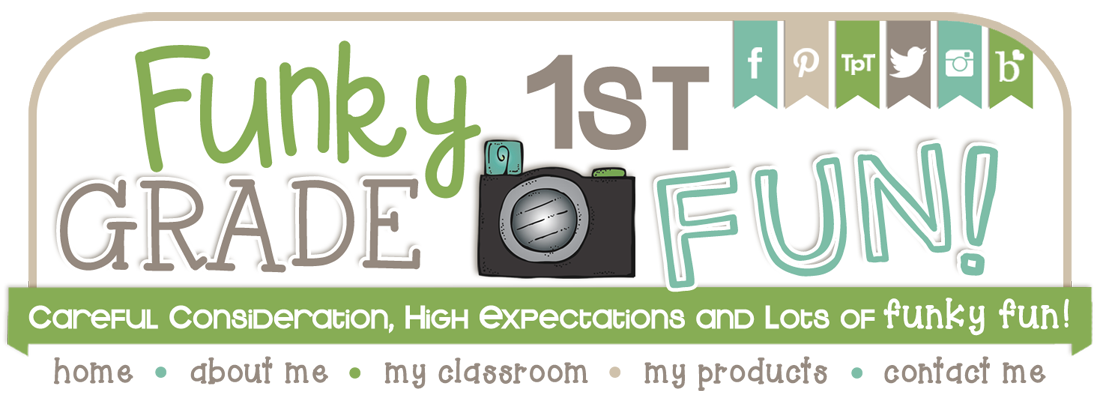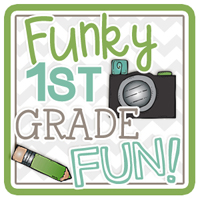Since I started my new job as an instructional coach, it's been a little tricky for me to figure out how to keep blogging. I've been super busy, but I love my new job. We have a fabulous instructional support team and here I am posting about something that I love. So, all is good with my little world.
One of the projects I've been working on this year is facilitating discussions, providing training and leading reflection groups about small group instruction for reading. During this process, I gathered my favorite resources for small group reading instruction.
As teachers, we often provide small group instruction to meet our students needs in writing, reading and math. Guided reading is a model of small group instruction, but not the only model. During traditional guided reading, students participate in a book talk introduction, spend time reading at their instructional reading level (either at or away from the table depending on their level) and participate in a group discussion based on teacher led questions about the book. It is recommended that students who fall within the levels for grades K - 2 (levels A - M) also participate in word work during this time. In Irene Fountas' model of guided reading, students also write about reading. The recommendation is that students who are level N and above write about reading daily. It is also recommended that students below level N write about reading as much as possible. Many teachers are using post it notes and/or reading notebooks for this purpose.
The pros of this traditional model are that it allows teachers to learn information from student discussions/responses that they can use to plan their instruction for individual students or the group for the next week. In my opinion, a con is that the students have a limited amount of time to read at their instructional level when the teacher is doing so much teaching/talking during their small group time.
Less traditional models that I've tried and observed working well in classrooms over the years include groups that are more flexible in classrooms that are using the reading workshop model. With focused mini lessons in a large group setting, independent reading practice time and teachers taking notes on specific things each student needs to work on instructionally, students tend to have more actual reading time during small group instruction. Flexible groupings are sometimes based on reading level and sometimes based on strategy focus. Word work is sometimes done at the table for struggling readers in this model. Students who are on or above grade level tend to do this word work away from the table. Many teachers are using post-it notes and/or reading notebooks for writing about reading in this model as well.
Another option is students visiting the small group instruction table in a staggered way (not necessarily by strategy focus or level), because one student is called at a time to get started. The seats at the table fill up in this model in a staggered method that allows the teacher to have a quick (1 minute kind of quick) discussion about today's focus with each individual student as he/she calls them to the table. After quickly talking to the student about what he/she noticed the student needs to work on, the student gets started and continues reading while the teacher repeats the process with another student. Within a few minutes, the table is filled and the teacher can take notes, prompt students as needed, ask questions with individual students while everyone else keeps reading. Word work is sometimes done at the table for struggling readers in this model. Students who are on or above grade level tend to do word work away from the table. Many teachers are using post it notes and/or reading notebooks for writing about reading in this model as well.
Nontraditional models of small group instruction take some time to get used to, but they tend to increase the actual reading minutes in a big way. I found this extremely helpful to build reading stamina. It doesn't work for everyone, but I find that I learn more when my students spend more time reading and I can spend more time listening, noticing and noting how to plan instruction to meet the needs of each individual student and the class. As a teacher, my goal was to aim for each student in my class to be reading (actually practicing reading at their level) for 90 minutes a day. My goal was based on the recommendation of the work that Richard Allington did with the International Reading Association. When I first heard that recommendation, it caused me to reflect on how many minutes my own students were spending actually practicing reading (not me instructing them for reading) in my classroom. I was shocked to discover that I was no where near that goal and worked for the next several years to include more actual reading practice time for my students. Adjusting my small group reading instruction time was one of the things that really helped me reach that goal.
Here are my favorite professional resources for small group reading instruction.
This book is a great resource for getting organized for small group reading instruction.
If you use Fountas and Pinnell leveling (A - Z),
this is a fabulous resource for ideas of things to work on at each level.
This is my old copy of the K - 2 version,
but the new version has a white cover
and has several different grade level combinations including a K - 8 version.
This is my favorite reader's workshop resource,
but it includes lots of information about small group instruction as well.
I purchased this book after participating in a webinar by the author, Jennifer Serravallo.
Her webinar was about conferring and she also has a book about conferring. Two friends who participate attend the Teachers College Reading and Writing Project in NY each year recommended this book as well. The focus of this book is using assessment data to drive instruction.
My copy is grades 3 - 6, but she has a K - 2 version as well.
This book has sample planning templates, ideas for working with students at different levels and ideas for scaffolding instruction at each level.
I'd love to hear about your favorite models of small group instruction and/or favorite resources for small group reading instruction.



























